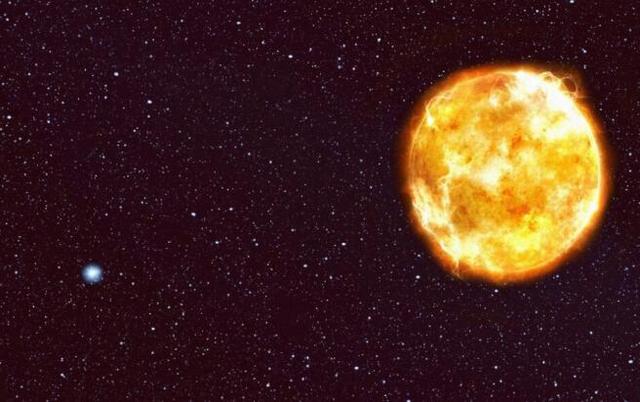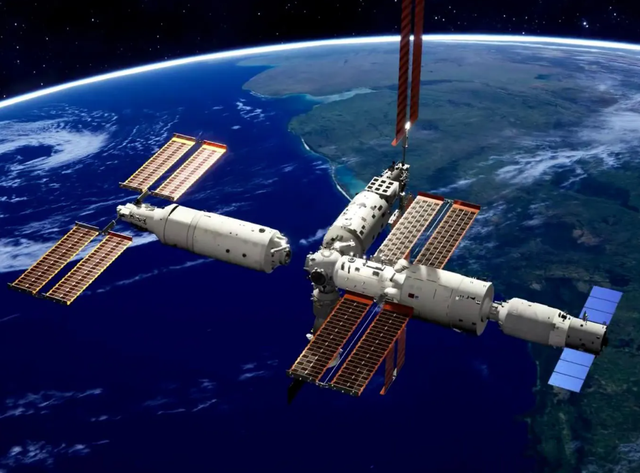Extraterrestrial
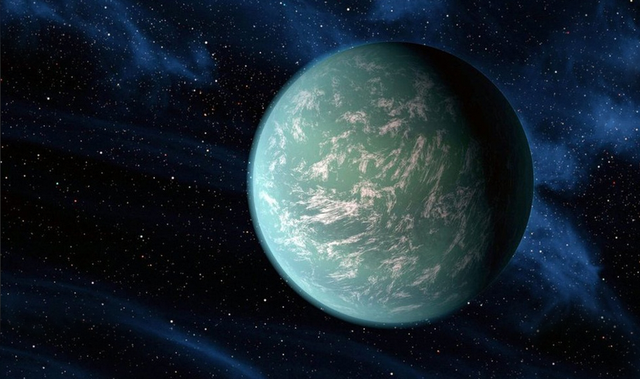
Another Potentially Habitable Planet Has Been Discovered, And The Only Thing Scientists Are Worried About Is The Possibility Of Alien Life
This exoplanet, known as TOI 700d, is about 101.5 light years away from our Earth, which means that even if we were to travel to this exoplanet in a light-speed spacecraft, it would take at least 101.5 years of flight to reach it, so it is very far away
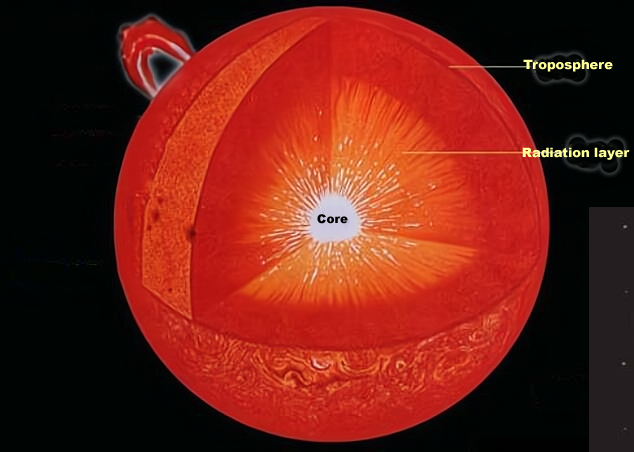
How Long Does It Take For The Sun To Go Out Before Humans Notice It? Will It Be 8 Minutes Or 10,000 Years?
The energy released by the sun's nuclear fusion reaction, in addition to making the sun shine and heat, there is an important role, that is, to resist its own gravity
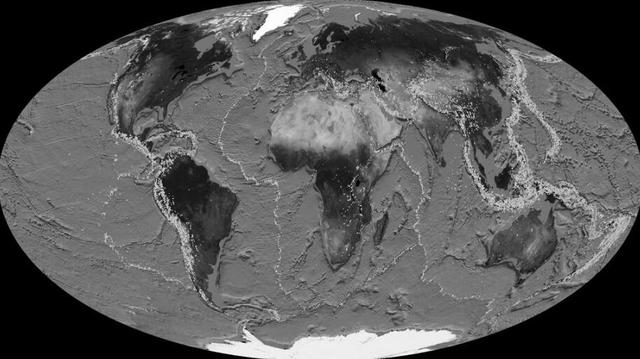
How High Does Mount Everest Rank In The Solar System? Where Is The Tallest Mountain In The Solar System?
The so-called gravitational equilibrium surface refers to the surface formed by the same point of gravity. On Earth, we call the gravitational equilibrium surface that coincides with the stationary ocean surface the "geodetic level", which is actually equivalent to what we often call sea level.
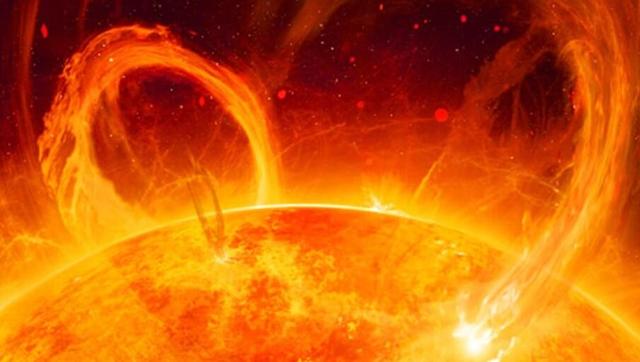
What Exactly Does The Sun Use As Fuel And How Has It Been Able To Burn For 4.6 Billion Years Without Going Out?
The sun, which we call the 'source of all things', has been sending light and heat to the earth for the past 4.6 billion years, which is why the earth is such a vibrant planet.What exactly does the sun use as fuel and how has it been able to burn for 4.6 billion years without going out?
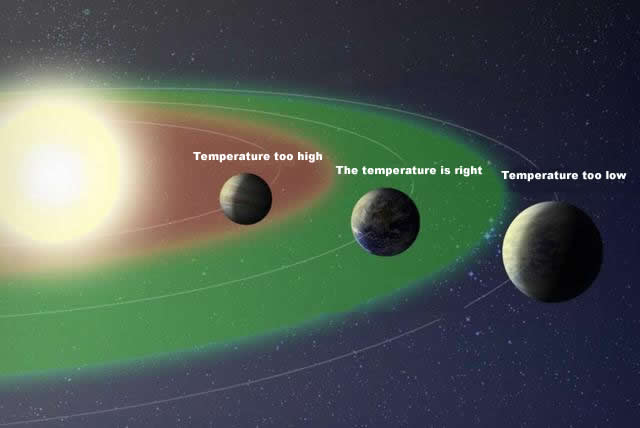
Why Is The Earth Vibrant And The Moon Dead, When It Is Also Located In The Habitable Zone Of The Solar System?
According to our knowledge of known life, liquid water is essential for life. In other words, if there is liquid water on a planet, there is a possibility of life, and it is for this reason that scientists always consider liquid water as the first requirement when assessing the possibility of life on a planet.
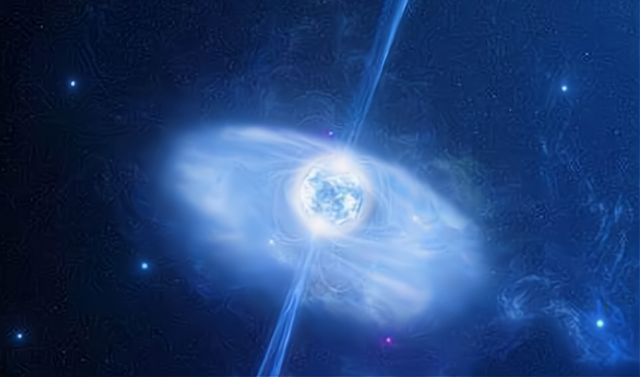
Aliens Disposing Of Nuclear Waste? A Star With a Bizarre Spectrum Has Scientists Suspicious
Compared to iron, those rare earth elements in the universe, which are heavier than iron, are even rarer
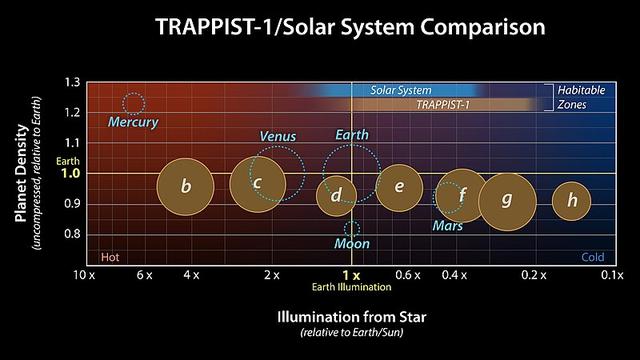
Astronomers: Alien Civilization May Have Built a Giant "Beacon" 39 Light Years Away
If you are so close to the main star in the solar system, life simply cannot survive

Curiosity Discovers Surreal Phenomenon: Cool Rocks 'Growing' On Desolate Mars, Defying Gravity
In the photos returned from the rover, we see Mars as a desolate world without a trace of life. Although Mars looks desolate and dry, there are many people who believe that Mars may become a second home for us humans
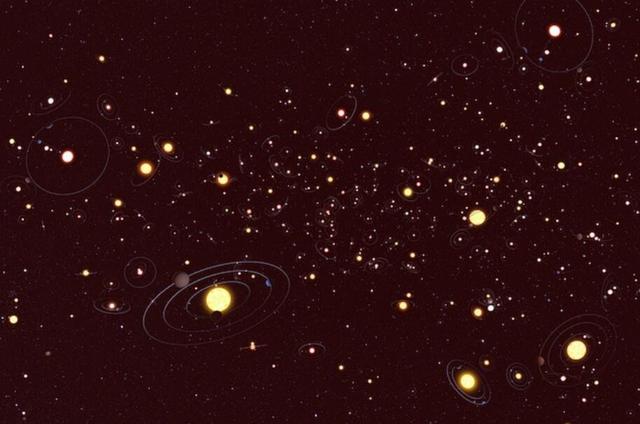
Where Is The Solar System Located In The Galaxy? Is It Unfortunate Or Fortunate For Mankind?
The solar system is located in a region with a stellar density of only 72 million parts per million of the highest stellar density region in the Milky Way, which is a remote and inhospitable part of the galaxy.
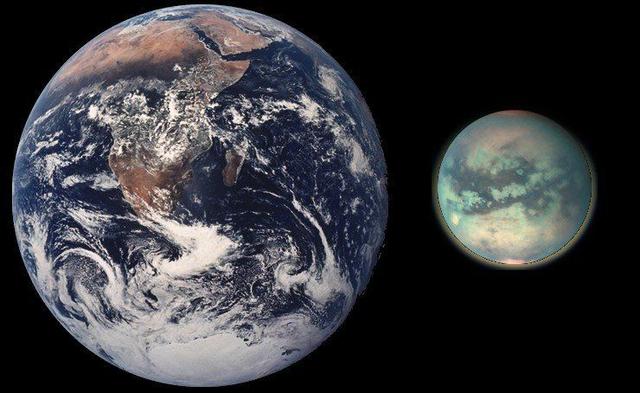
How Similar Is Titan To Earth? Scientists: There Are Mountains, Seas And Atmospheres, And Probably Life
Titan is the largest moon of Saturn and the second largest in our solar system, even a little larger than Mercury, one of the eight planets. Due to tidal locking, Titan's rotation period and revolution period are the same, similar to our Moon

